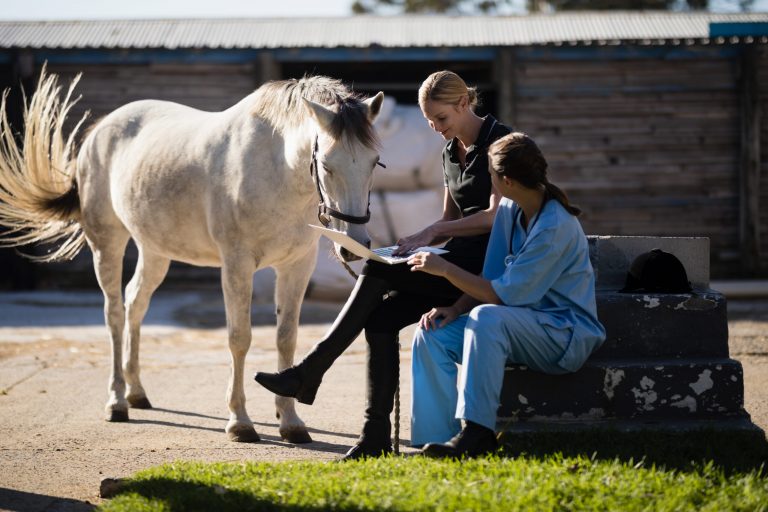
Are you having difficulty differentiating between a medical (neurologic) or orthopedic problem? You’re not alone.
“When I start assessing a horse for lameness, I’m still thinking about clues that will help me decide between orthopedic and neurologic,” relayed Jackie Christakos, DVM, from Littleton Equine Medical Center, in Colorado, during a Burst Session at the 2023 AAEP Convention in San Diego.
She asks herself questions like is there consistent blockable limb lameness? Or is there an “irregularly irregular” gait that fits more with neurologic dysfunction?
But even if the answer to both of these questions is yes, not all clinical findings fit with lameness.
Findings that increase suspicion of a neurologic condition include:
- A horse struggling to hold a gait that should be natural when moving in a circle while longeing.
- An abnormal gait is more obvious at the walk than the trot.
- The horse looks different when walking on hills or when his head position changes.
“If you’re still confused, consider a trial of non-steroidal anti-inflammatory drugs,” Christakos advised. “Orthopedic concerns are more likely to improve with NSAIDs than neurologic concerns.”
If you’re going to run lab work, useful tests include vitamin E levels and post-exercise muscle enzyme levels. You might consider EPM blood titers, but they’re really only useful if the test is negative to rule the disease out in the absence of more clear clinical indications, she said.
“If you’re still unsure, get an opinion from your friendly neighborhood internist,” said Christakos.








